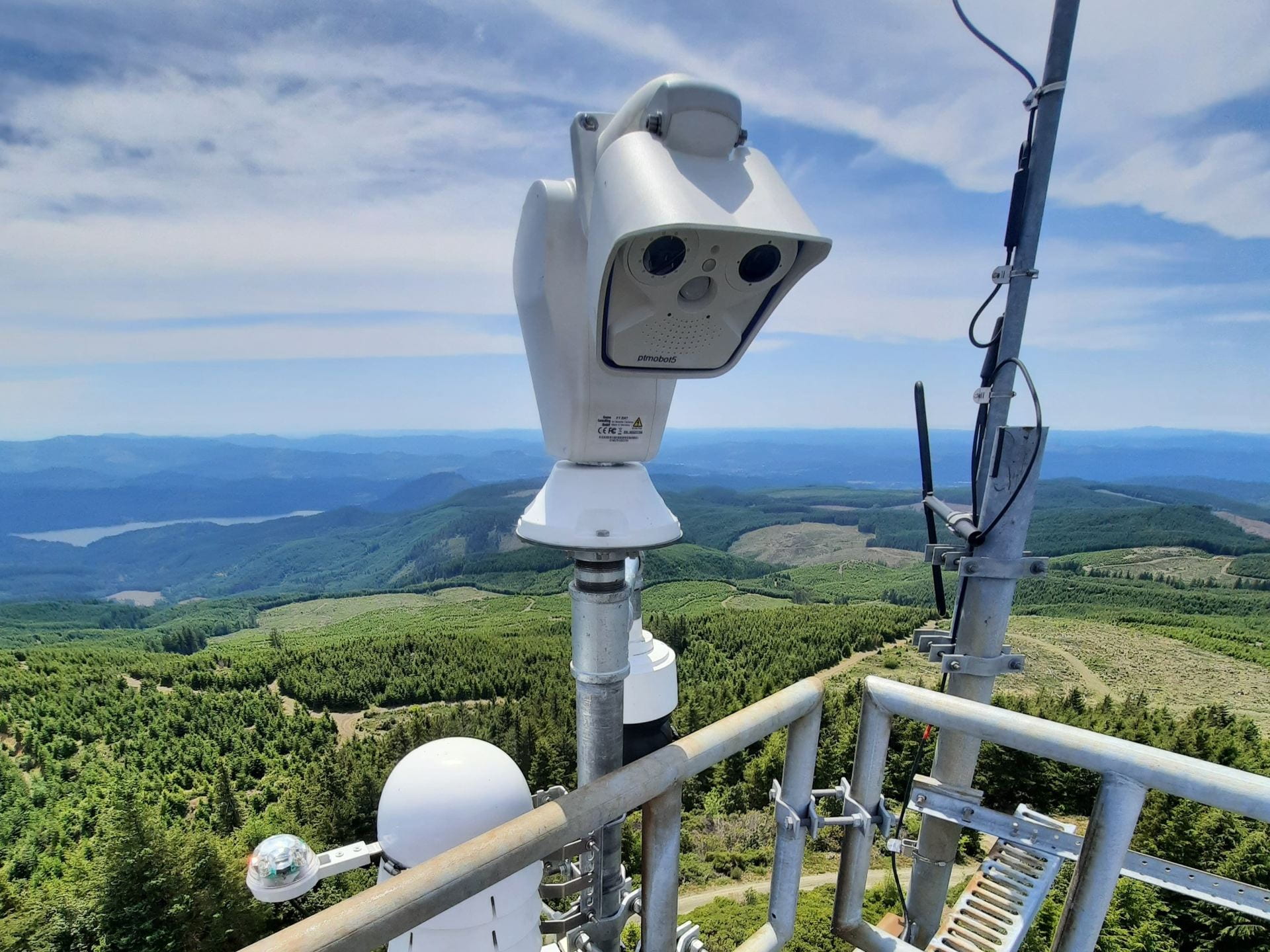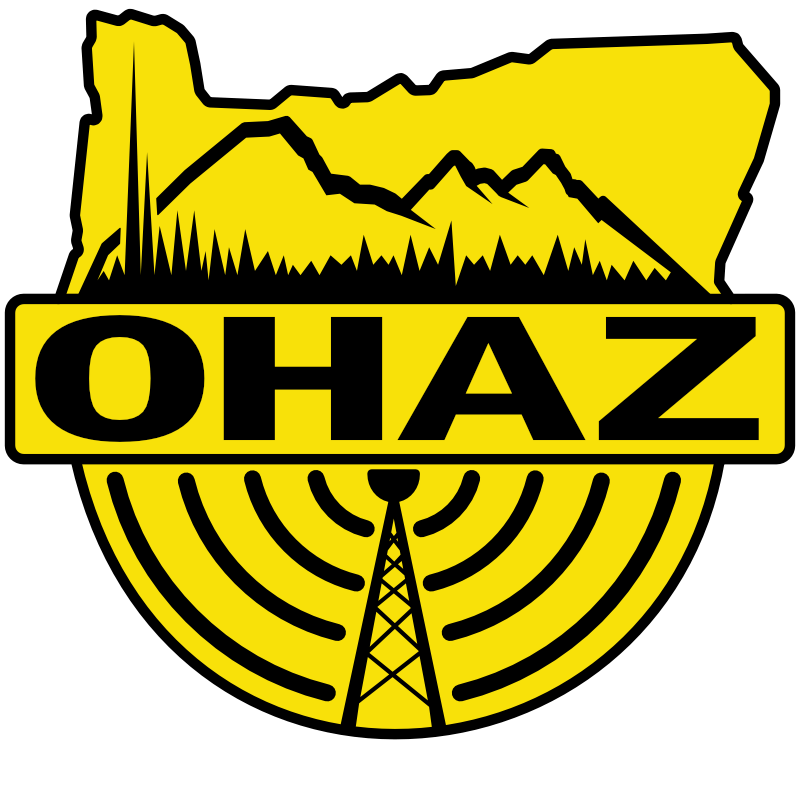We are Oregon, Rising
The Oregon Hazards Lab and Oregon Rising, the University of Oregon’s New Strategic Framework
Oregon faces complex challenges, from the risk of a megathrust earthquake to the growing impact of wildfires. The Oregon Hazards Lab is implementing transformative solutions to these problems, driven by scientific research, technological innovation, and community engagement. We are co-evolving alongside the University of Oregon through Oregon Rising, the university’s strategic plan for the next decade. Oregon Rising will help to accelerate the university’s impact on our students, our state, our nation, and the world.
Oregon Rising Includes Four Strategic Goals:
Oregon Rising and the Oregon Hazards Lab
The Oregon Hazards Lab’s mission and vision fit within the goals and signature scholarship areas of this ambitious framework.
OHAZ and Goal 2: Become a Leader in Career Preparation
The Oregon Hazards Lab is helping to preparing University of Oregon students for successful pursuits after graduation. We are committed to fostering student professional development through experiential learning. We hire multiple undergraduates each year to help operate our multi-hazards sensor network as field technicians, communications assistants, and researchers. Students gain diverse skills in real-world settings, from IT networking to field deployments to science communication. These experiences directly help Ducks to contribute, innovate, and lead in the modern workplace and rise to meet the challenges and opportunities of the 21st century world. After graduation, our undergraduate employees have gone on to pursue graduate degrees, work for geotechnical firms, and work full-time for the lab.
I helped manage and operate our fleet of vehicles, fabricate equipment to be installed at new sites, and assist other field technicians with preparations for field outing. My favorite part of the job was getting to do field work during the summer. I have had the opportunity to travel all across Oregon to perform maintenance, install new seismic and wildfire equipment, and decommission older sites.
OHAZ and Goal 4: Accelerate the University's Impact
OHAZ also contributes directly to one the signature scholarship areas highlighted in Oregon Rising: environmental resilience. The University of Oregon is a global leader in the study and application of environmental science. Throughout the next decade, the University will continue to improve and build on existing programs like OHAZ that are developing novel and scalable approaches for mitigating the challenges of climate change and catastrophic natural events. Our sensor network provides actionable information during crises to protect communities and inform response efforts. These sensors also collect the open-access data that scientists need to conduct convergent research that helps to build a more resilient Oregon.

Pacific Northwest Seismic Network and ShakeAlert®
We operate hundreds of seismic monitoring stations that help researchers understand earthquake hazards in Oregon and Washington. The stations are part of the Pacific Northwest Seismic Network and also contribute real-time ground motion data to the ShakeAlert Earthquake Early Warning System. ShakeAlert can save lives by rapidly detecting earthquakes and alerting people in impacted areas, so people can protect themselves before dangerous shaking arrives.

Wildfire Detection Cameras and Mobile Deployment Units
With hundreds of mountaintop cameras installed throughout the western United States, our high-speed wildfire detection camera network provides firefighters and first responders a new way to spot and track wildfires. We are also fabricating a suite of lightweight portable wildfire camera kits that public land management agencies can rapidly deploy to monitor new ignitions. These tools provide vital visual data to scholars who are trying to understand how landscapes change over time.

Sage Continuum and Wild Sage Nodes
We are deploying dozens of smart sensors that improve the flow of information between scientists and the natural world. Wild Sage Nodes collect vast quantities of environmental data for diverse research purposes. They include rain gauges and sensors that measure barometric pressure, humidity, and ambient temperature. Edge computing rapidly analyzes the complete volume of sensor data so scholars can study long-term trends like climate change and the growing severity of wildfires.
